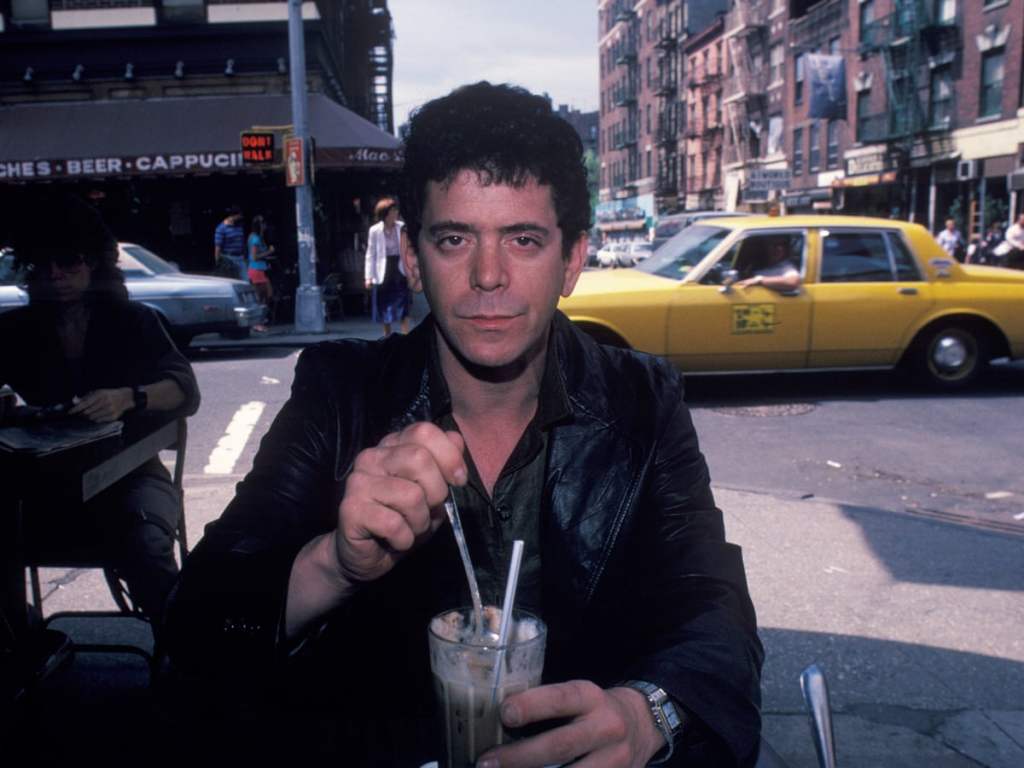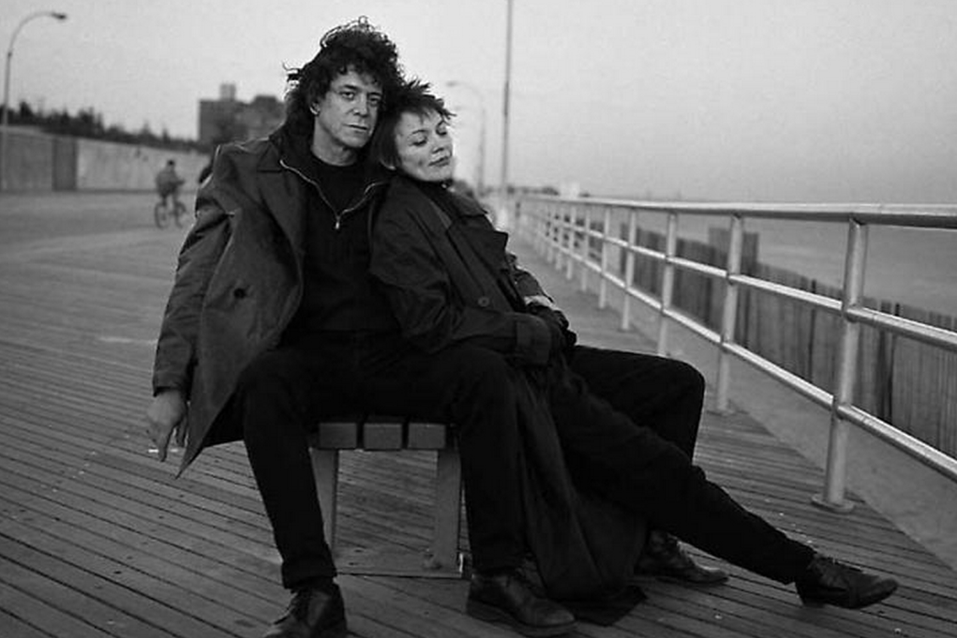
In a way, I’ve been waiting for this rematch most of my life. I grew up watching and rewatching 1962’s King Kong Vs. Godzilla on a battered Christmas gift VHS tape, my first exposure to classic kaiju movies.
I won’t claim that ‘60s clash of the titans is an objectively good movie, but man I loved it back in the day, watching rubbery Godzilla and Kong stomp on model houses all over Japan. The Kong in that movie is awful looking, like a hairy Danny DeVito who was hit by a truck, but that didn’t really matter. It was all about the spectacle.

I’ve been a fan of Godzilla movies ever since, as I’ve written about before, and so decades after that VHS tape went to pieces, I went into an advance screening of the long-awaited Godzilla Vs. Kong this week with a kid’s eager anticipation. I was seeing it on the IMAX screen, really the only way to watch such a movie, and I left with my ears ringing and a mild headache after nearly two hours of chaos and carnage. It was loud, ridiculous and utterly fantastic.
Look, you know going into a kaiju movie what to expect – lots of city-crushing action, some human melodrama, and a willing suspension of disbelief. By all those standards, Godzilla Vs. Kong succeeds admirably. They’ve been building up to this “Monsterverse” clash since 2014’s Godzilla reboot. Without spoilers, they create a good reason for the monsters to battle, throw in a few welcome surprises, and director Adam Wingard nicely straddles the line between kitsch and combat in a very fast-paced ride. Godzilla is the meaner, far more alien monster, and Kong is the more relatable human surrogate, but in the end they’re both just giant creatures smashing up everything in sight.

Spoiler alert: The monsters do fight in two epic battle scenes, and it’s quite a sight. (The movie’s first clash, a battle at sea, is an all-time kaiju clash highlight.) Although I’ll always have a sentimental attachment to the 1962 flick, the action in this remake blows it out of the water. While these more recent Monsterverse movies can have an annoying tendency to have battles happen at night/in the rain, Godzilla Vs. Kong mostly stages them cleanly and coherently. The special effects work to bring Kong to life is particularly good, giving the big lug a real sense of personality. You could argue that maybe Godzilla isn’t in the movie enough, but actually, he usually racks up less screen time than you’d think if you look at charts like this uber-geeky fan study. The point is the impact he makes when he’s on screen.
Godzilla Vs Kong actually reminds me a lot of the movies in Japan’s utterly bonkers Millennium series circa the year 2000, which married the zaniness of the original ‘60s Showa era movies with a slick, modern vibe and special effects, and a madcap “anything can happen” feeling. You can do a gritty realism version of Godzilla but you’ll never really better the dark Cold War paranoia of the original 1954 classic.
The key really is to not take these movies too seriously – a flaw that the sluggish Godzilla 2014 was particularly guilty of, while the underrated Godzilla: King of the Monsters managed to be a bit more interested in smashing over hushed awe. GvK takes on a Jules Verne-esque vibe that embraces the mysteries of lost worlds, a theme which we also saw in the great 2017 Kong: Skull Island (still the best of these “Monsterverse” movies, I think).

The humans are mostly there to fill the gaps between battles, and medium-famous names like Alexander Skarsgård, Millie Bobby Brown and NZ’s own Julian Dennison get the job done. Those “family drama” issues that hobbled King of the Monsters are barely sketched in with each human just getting one or two character traits (scientist has a dead brother; woman adopts troubled orphan; guy loves conspiracy theories). The humans in GvK are almost shorthand approximations of human beings, but who goes to these movies for the humans? You have to just accept that in any realistic kaiju movie the human characters would be dead in the first five minutes and move on, rolling over the implausibilities and basking in the spectacle.
And boy, there’s a lot of spectacles in Godzilla Vs. Kong. It’s the cinematic equivalent of three energy drinks and a bucket full of M&Ms, and it might leave you with a bit of a sensory overload hangover, but in 2021, there’s no blockbuster I’d rather see than a giant monkey punching a giant lizard right in the face.








